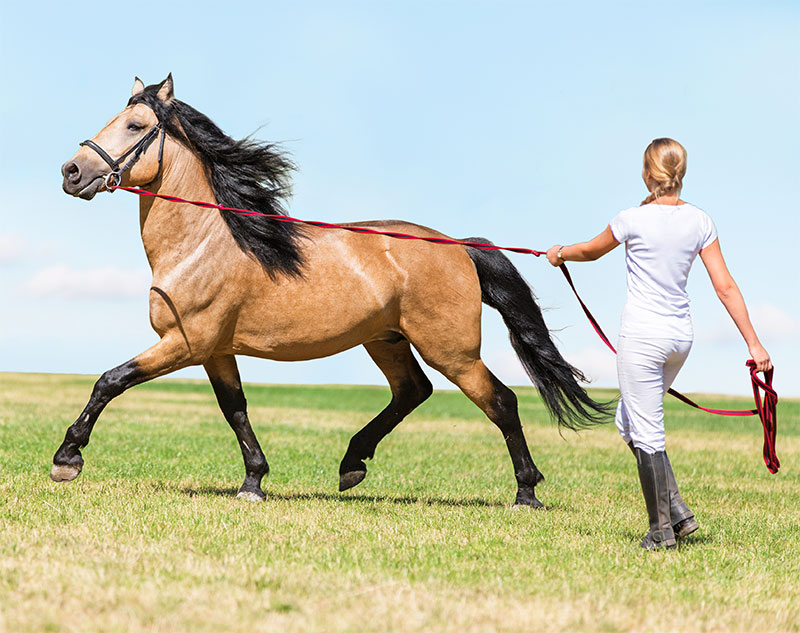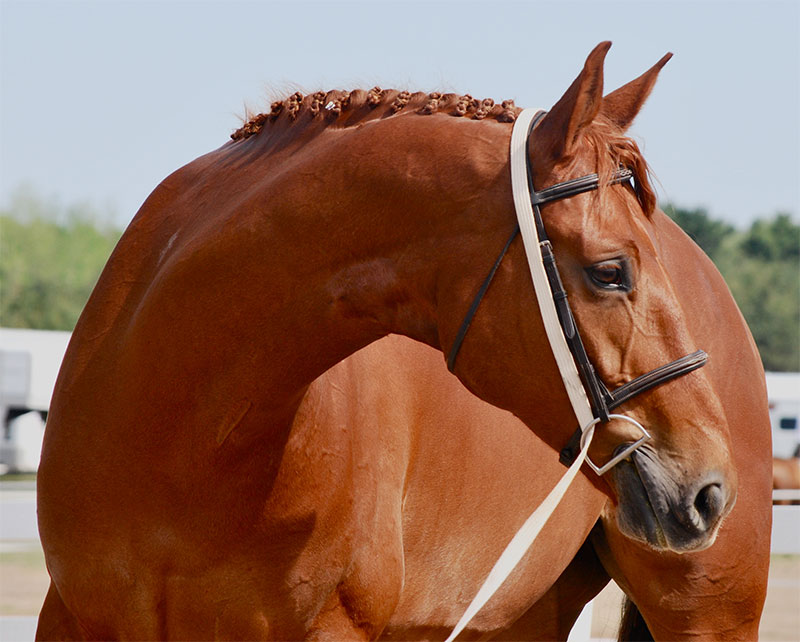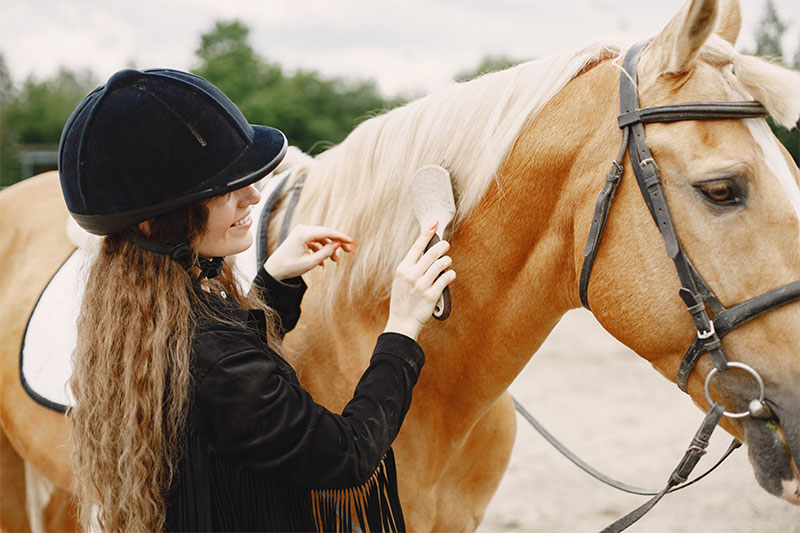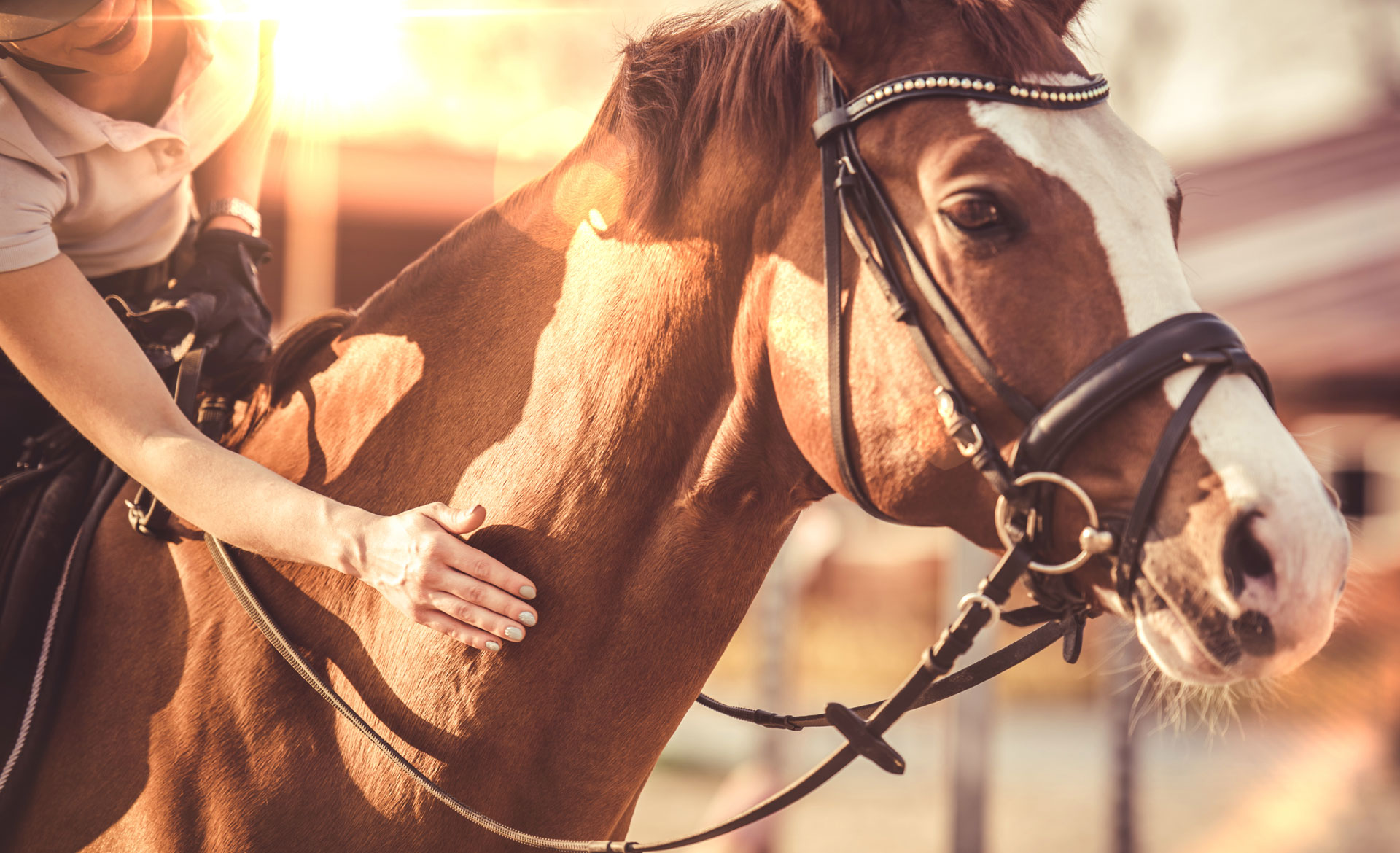
Equine Tips: How To Properly Train Your Horse
4 Key Elements Of Horse Training
1. Groundwork is the foundation of any training program for a horse. It involves teaching the animal basic obedience commands, such as ‘whoa’ (stop), ‘walk on’ (go forward), and ‘turn around’ (change direction). This type of training can be done in an arena or round pen and should be started with young horses as early as possible. Groundwork is important not only for teaching obedience but also for building trust between you and your horse.
2. Desensitization is another key element of training. This involves exposing your horse to new environments and situations and teaching it to remain calm in the face of change. This is important not only for safety but also for building confidence in your horse. Start slowly, and gradually increase the intensity of the stimuli you expose your horse to. Some specific areas to work on are: taking a temperature, picking up feet and looking in the mouth and ears. These will help you, your veterinarian and your farrier for the life of your horse.
3. Saddle training is the next step in training your horse. This involves getting the animal used to the sensation of being saddled, as well as the weight of a rider on its back. Start by simply placing the saddle on your horse’s back, and letting it get accustomed to the feel and smell of leather. Once your horse is comfortable with this, you can begin adding weight, either by sitting in the saddle yourself or by using a sandbag or other object. Remember to go slowly and be patient; so that it becomes accustomed to them.
4. Finally, apply pressure under the saddle. This is the process of teaching your horse to move forward when you ask it to, by using gentle pressure from your legs. Start with short sessions in an arena or round pen, and gradually increase the amount of time you spend riding. Remember to be consistent with your commands, and always praise your horse when it responds correctly.






